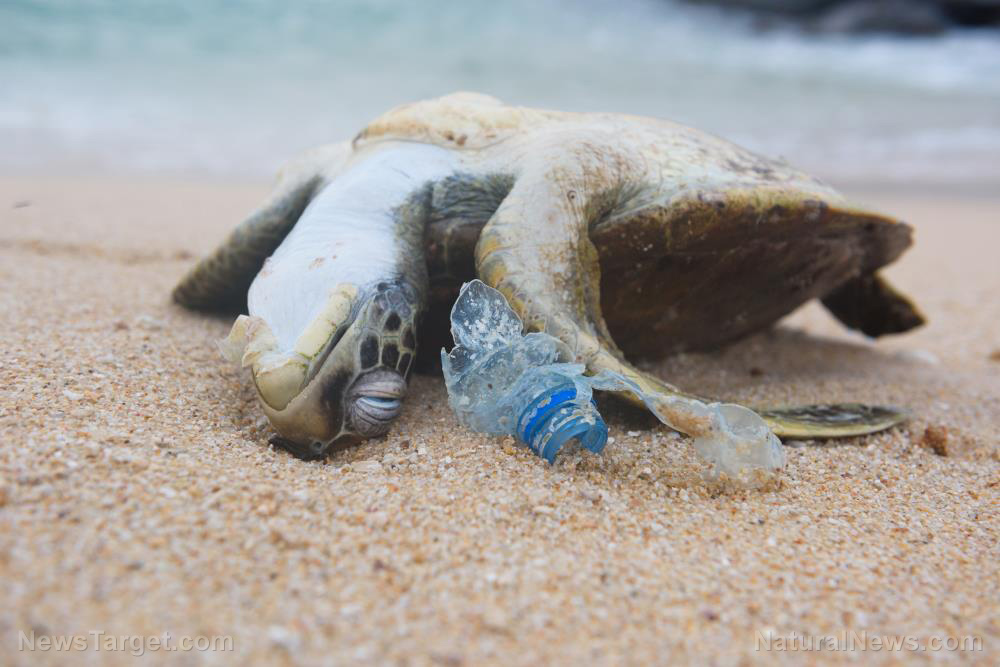
The researchers were evaluating certain beaches in the island nation of Cyprus. They found that each cubic meter of sand contained more than 5,000 plastic fragments on average. The pollutants could be found more than two feet beneath the surface of the beach, suggesting they have been seeping into the ground over time.
The situation on the surface is even more dire. As many as 130,000 pieces of plastic could be found on a cubic meter of beach.
The only other area known to have experienced even worse levels of plastic trash happens to be in Guangdong. Given China has always struggled to contain its pollution problems, could the Mediterranean be in a similarly dire strait?
Innumerable microplastic pollutants contaminate sea turtle spawning beaches
These beaches happen to be the ones used by green and loggerhead turtles for spawning new generations. For millennia, the marine reptiles have always returned to these shores to lay their eggs in the sands. In a few months, the eggs would hatch and the baby turtles would scurry towards the safety of the sea.
University of Exeter (Exeter) researchers are worried that increasing levels of microplastic pollution would reduce the rate of successfully-hatched eggs in the future. The toxic pollutants could even change the ratio of male and female hatchlings, which would further impact.
Lead researcher Emily Duncan explained that her team examined 17 different nesting sites for green and loggerhead turtles in northern Cyprus. They took 1,200 samples of sediment for analysis. Not only did they find microplastics in all beaches, but they also found the contaminants at all depth levels.
Microplastics are nothing like any sediment material found in nature. Their different physical characteristics could alter the conditions of the beaches, which need to meet certain conditions for successful hatching.
Sea turtle eggs require a certain temperature for proper incubation. Furthermore, the temperature also affects the sex of the hatchling. Warmer sand increases the number of female hatchlings, while cooler sand produces a higher chance of male hatchlings.
Will future beaches have more microplastics in them than actual sand?
The term "microplastic" applies to any piece of plastic with a diameter that is smaller than five millimeters. They are either small bits that broke off from larger pieces of plastic, or microbeads and microfibers that were made that small to begin with.
The Exeter researchers determined that the most common type of microplastics in the Cyprus beaches are bits came from bigger trash and nurdles. The latter are pellets that are used in the manufacture of plastic products.
"Unlike the beaches in China where the highest levels of microplastics have been recorded, these beaches in Cyprus are located far from industrial practices and aren’t visited by large numbers of people," remarked Exeter professor Brendan Godley, who served as the author of the study. "Therefore it seems that microplastics are arriving on ocean currents."
He theorized that most of the microplastic pollutants are coming from the eastern basin of the Mediterranean Sea. The same holds true for the bigger plastic trash that are washing ashore in greater numbers.
To stay abreast of the dangers of plastic pollution, visit Ecology.news.
Sources include:
Please contact us for more information.























